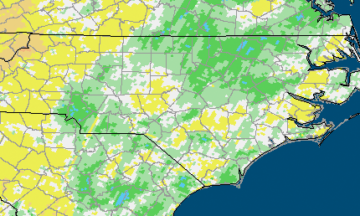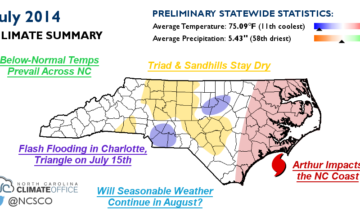
Recent Posts

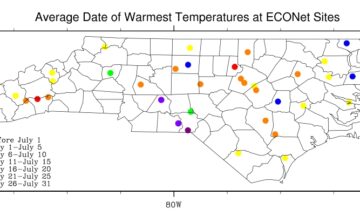
Climatologically, the Warmest Day of Summer is Just Around the Corner
Last week, we tweeted a graphic from the National Climatic Data Center (NCDC) showing when the warmest day of the year happens climatologically. According to...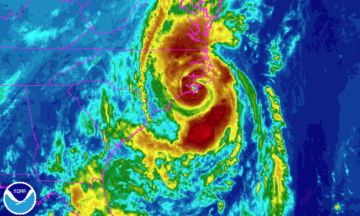
Arthur Brings Wind, Rain, Flooding to NC Coast
It took almost a month of the 2014 hurricane season for the first storm to form, but once it did, Arthur strengthened quickly and set...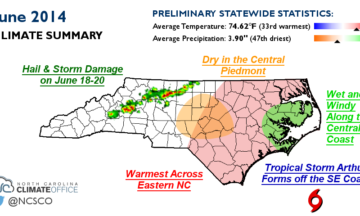
A Warm Start to Summer in June 2014
In North Carolina, June followed in the footsteps of May, which was warmer than normal and relatively quiet as far as severe weather goes. Warmest...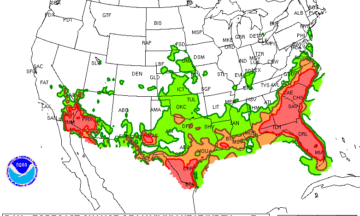
How Hot Does it Feel Outside? Heat Index Explained
Summer temperatures have been ramping up lately, but temperature only tells part of the story about how hot it feels. In this post, we review...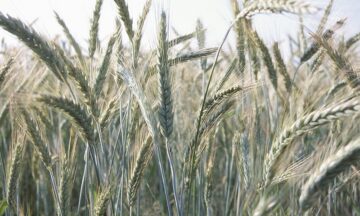
Lay of the Land: The Current State of Weather and Ag
This guest post by Dr. Mike Yoder with NC State University’s Department of Animal Sciences looks at the impacts of weather and climate on agriculture....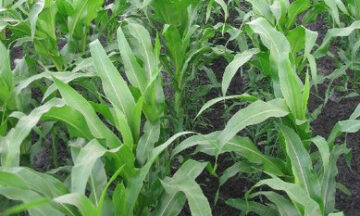
Four Weather Factors for Plant Growth
This guest post by Dr. Mike Yoder with NC State University’s Department of Animal Sciences looks at the impacts of weather and climate on agriculture....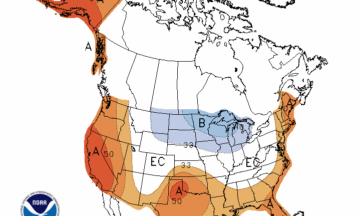
Summer 2014 Outlook: Eye on the Oceans
This is the third post in our summer outlook series. This post looks at the conditions in the Pacific, the Atlantic, and in North Carolina....